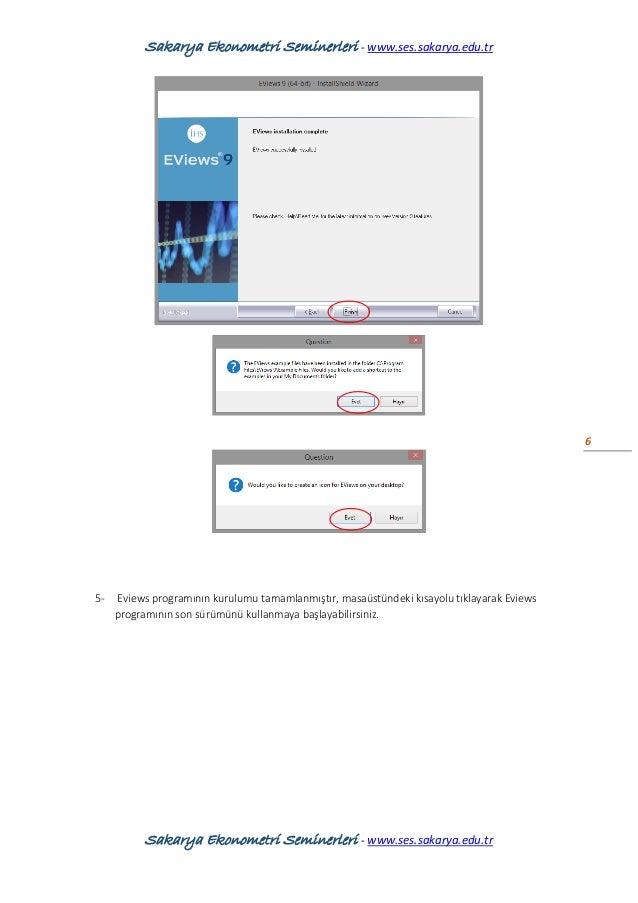

Now take the preferred VAR model and add in m additional lags of each of the variables into each of the equations. It just provides a possible cross-check on the validity of your results at the very end of the analysis. No matter what you conclude about cointegration at Step 6, this is not going to affect what follows. If two or more of the time-series have the same order of integration, at Step 1, then test to see if they are cointegrated, preferably using Johansen's methodology (based on your VAR) for a reliable result. If need be, increase p until any autocorrelation issues are resolved. Eviews user manual serial#
For example, ensure that there is no serial correlation in the residuals.
Make sure that the VAR is well-specified. Specifically, base the choice of p on the usual information criteria, such as AIC, SIC. Determine the appropriate maximum lag length for the variables in the VAR, say p, using the usual methods. 
Most importantly, you must not difference the data, no matter what you found at Step 1.
Set up a VAR model in the levels of the data, regardless of the orders of integration of the various time-series. If one is I(0) and the other is I(1), then m = 1, etc. So, if there are two time-series and one is found to be I(1) and the other is I(2), then m = 2. Let the maximum order of integration for the group of time-series be m. Ideally, this should involve using a test (such as the ADF test) for which the null hypothesis is non-stationarity as well as a test (such as the KPSS test) for which the null is stationarity. Test each of the time-series to determine their order of integration.








